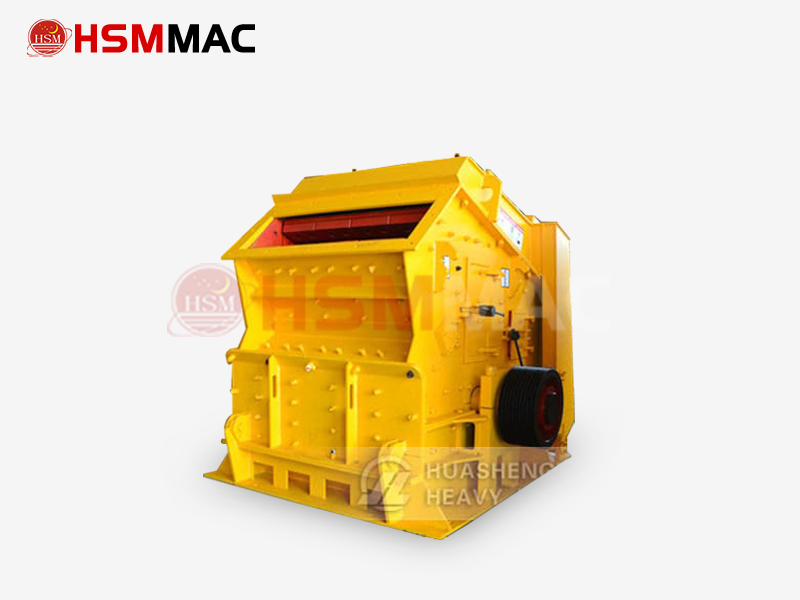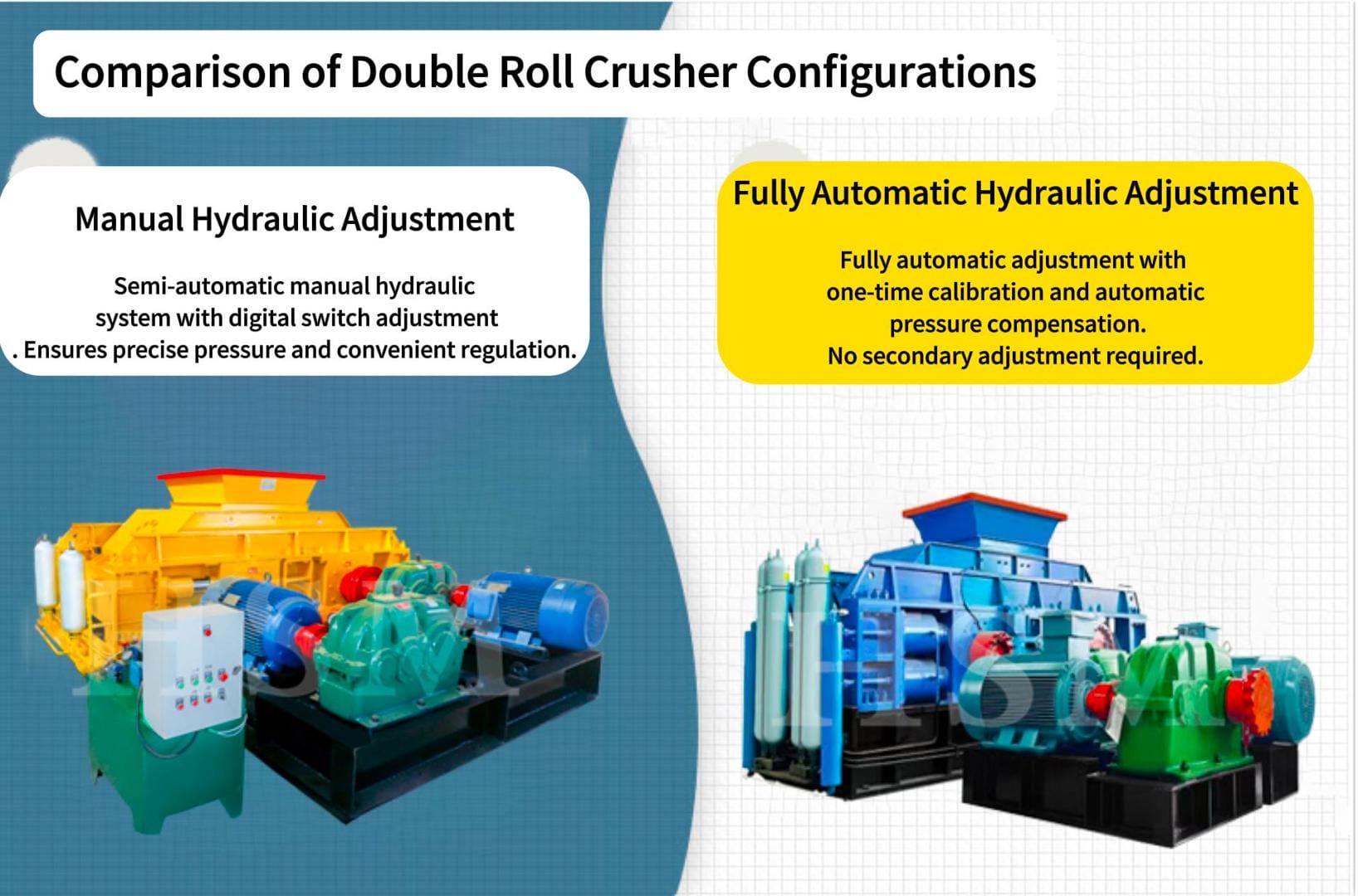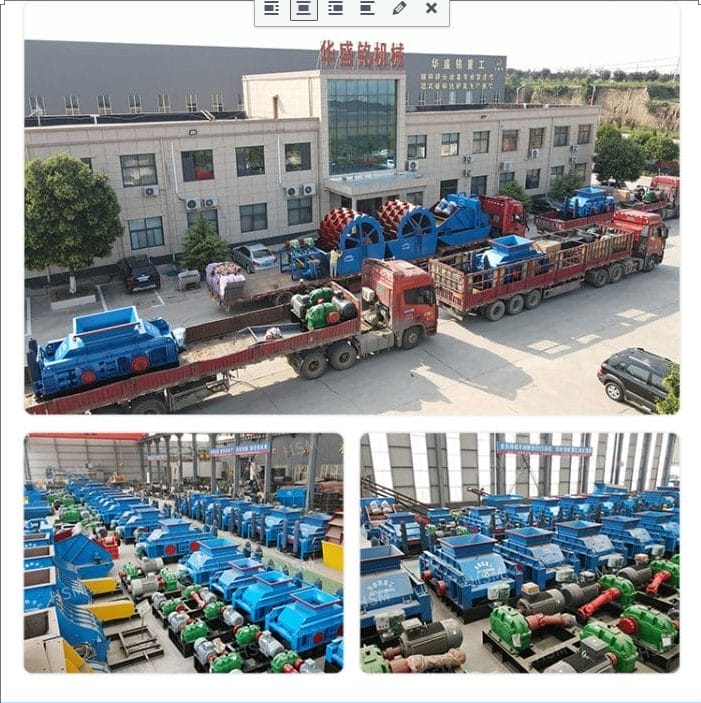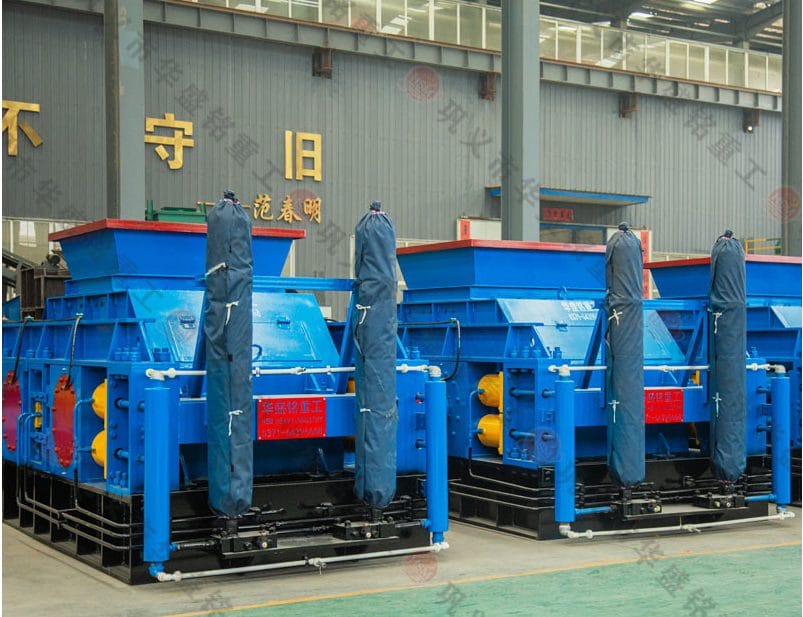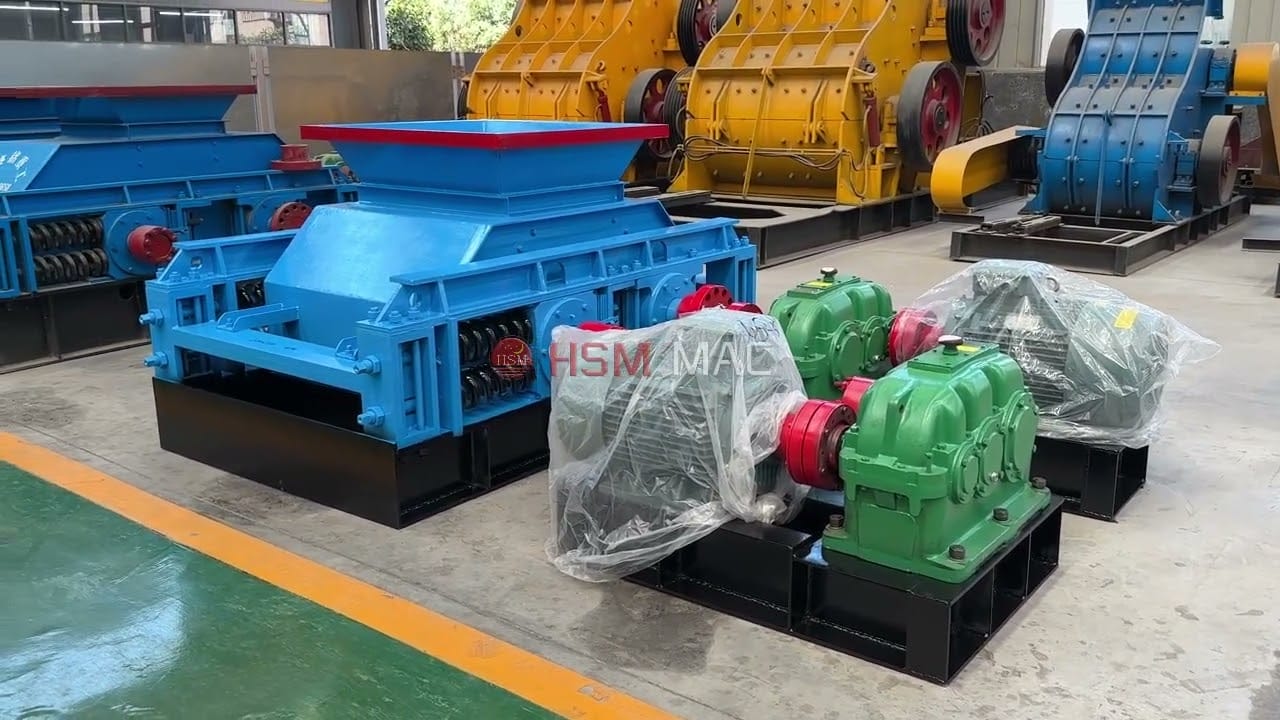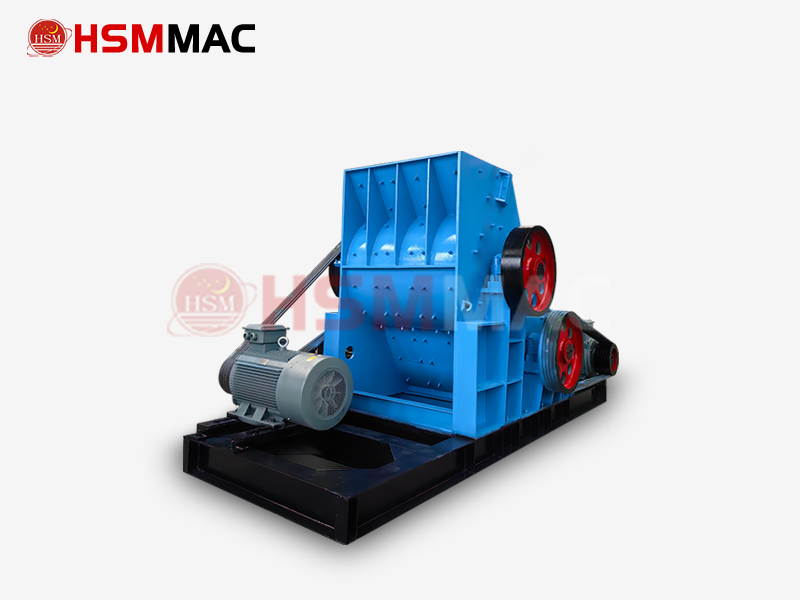
The double-stage crusher, also known as the double-rotor screenless pulverizer, is an important piece of equipment in the field of industrial crushing. It is widely used in industries such as mining, building materials, metallurgy, and chemicals. Its core innovation lies in the series-connected design of two rotors, one above the other. After the material is initially crushed by the upper rotor. It is immediately subjected to secondary fine crushing by the rapidly rotating hammer heads of the lower rotor. Inside the crushing chamber. The materials collide and are pulverized against each other, forming a highly efficient crushing mode of “hammers crushing materials. And materials crushing materials”. This process directly discharges finished products with uniform particle sizes, with over 90% of the particles having a diameter of less than 2 millimeters.
Double-Stage Crusher: An Innovative Tool in Industrial Crushing
This equipment breaks through the technical bottlenecks of traditional crushers. Its screenless and grate-free structure solves the problem of blockage caused by high-moisture materials. Even when processing materials such as coal gangue and shale with a moisture content exceeding 20%, it can maintain efficient operation and avoid the risk of motor burnout. The high-chromium alloy wear-resistant hammer heads employ a shift-adjustable clearance technology. After wear, they can be reused simply by adjusting their positions. The lifespan of a pair of these hammer heads is equivalent to three times that of traditional hammer heads. Significantly reducing maintenance costs. The hydraulic manual opening and closing mechanism for the crusher casing allows for single-person inspection and maintenance, greatly enhancing operational convenience.
From internal combustion brick-making in brick and tile factories to fine crushing operations in mines. The double-stage crusher, with its characteristics of high efficiency, durability, and ease of maintenance, has become a key piece of equipment for resource recycling, energy conservation, and emission reduction.










